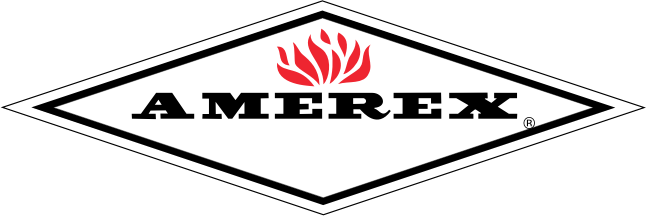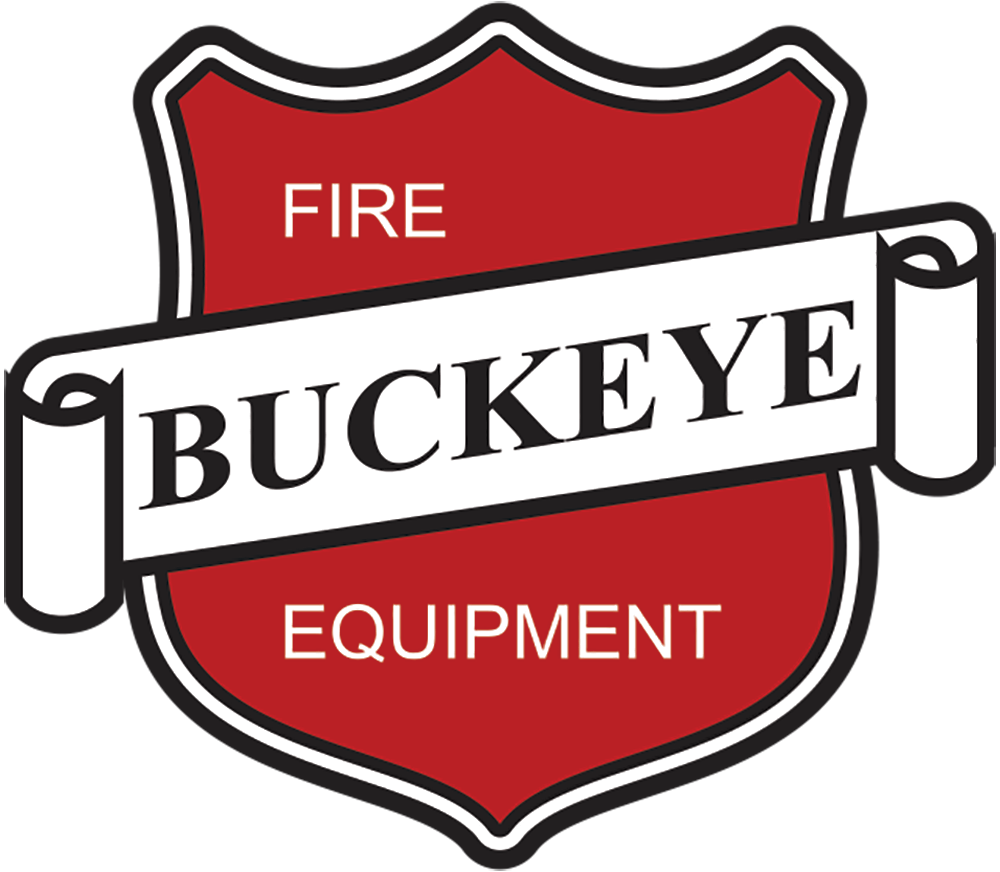Fire extinguishers extinguish or limit the spread of fires by discharging an agent, such as water, foam, carbon dioxide, or dry powder, to remove one or more elements required for a fire to sustain itself—heat, fuel, or oxygen. You can use extinguishers to prevent the spread of flames because they disrupt the chemical reaction.
Regular maintenance of fire extinguishers is a crucial component of any effective fire protection strategy. It keeps these essential safety tools functional during emergencies, potentially saving lives and reducing property damage. Understanding the key differences between fire extinguishing servicing and inspection will help you stay safe and comply with fire safety regulations.
Frequency
Inspections typically occur more frequently than servicing to ensure the extinguisher is ready for immediate use. Most organizations schedule inspections monthly or quarterly, especially in high-risk environments requiring quick access to a functioning extinguisher.
On the other hand, servicing happens more often but involves more in-depth maintenance. Usually performed annually or after using an extinguisher, servicing keeps the equipment in full working condition. Additionally, servicing may be necessary when the extinguisher reaches specific milestones, such as expiration or hydrostatic testing intervals.
Purpose
The differences between servicing and inspecting fire extinguishers boil down to the purpose of each method. Inspections detect and address obvious issues or damage that might compromise the extinguisher’s functionality. This preventative step ensures extinguishers remain accessible and undamaged, offering peace of mind to building occupants and safety personnel. Common visible damage includes dents, corrosion, missing safety seals, or a damaged hose and nozzle.
By contrast, servicing goes beyond surface checks to evaluate and maintain the extinguisher’s internal components. Servicing tasks, from refilling the extinguishing agent to replacing worn-out parts, guarantees the device is fully operational and meets fire safety standards.

Documentation
Fire extinguisher inspections require minimal documentation for compliance purposes. Most companies maintain a log on-site listing inspection dates, findings, and the name of the person conducting the check. These records will be directly on the extinguisher’s attached tag.
The person servicing the extinguisher will make detailed reports documenting the maintenance performed, parts replaced, and the equipment’s current condition. These reports are critical for regulatory and legal purposes, ensuring the building owner demonstrates adherence to fire safety specifications, such as NFPA 10, the standard for portable fire extinguishers established by the National Fire Protection Association (NFPA).
Procedures
Fire extinguisher inspections involve straightforward tasks that focus on visual and functional checks. These include verifying that pressure gauges are within the acceptable range, checking that tamper seals are intact, and confirming that extinguishers are accessible. These quick procedures are vital for spotting immediate concerns. Servicing, however, is far more detailed.
A certified technician may perform the following tasks when servicing a fire extinguisher:
Disassemble the fire extinguisher to inspect internal components for wear or damage.
Check for and replace damaged or expired safety seals and tamper indicators.
Empty and thoroughly clean the extinguisher cylinder to remove any residue or contaminants.
Test the extinguisher’s pressure to confirm it meets manufacturer and safety standards.
Refill the extinguisher with the appropriate extinguishing agent.
Conduct a reassembly and ensure all parts, including the nozzle and trigger mechanism, are functional.
Perform a hydrostatic test to verify the cylinder’s structural integrity.
Update the service record tag with the date and details of the maintenance performed.
Personnel
Trained employees or building staff familiar with basic safety protocols will perform fire extinguisher inspections. This approach allows for routine checks without high costs or lengthy downtime, making it a practical solution for organizations looking to maintain consistent safety awareness.
However, a business might hire a certified professional for inspections when the facility includes specialized or hazardous environments, such as in chemical plants or manufacturing sites. In such cases, the certified pro’s advanced knowledge is essential to identify potential risks. Additionally, industries subject to stringent regulatory requirements may require professional inspections for full compliance and to avoid penalties. Businesses may also rely on certified professionals when preparing for official audits, as these inspections provide thorough, documented proof of safety measures.
Certified fire protection professionals, typically from licensed companies, are the only ones who can perform fire extinguisher services. Certified fire protection professionals must possess in-depth knowledge of fire safety standards, extinguisher types, and maintenance protocols. They use their expertise to guarantee the extinguisher is ready to perform during emergencies.

Compliance Requirements
Inspections play a vital role in maintaining adherence to local fire safety laws and building codes. Documenting inspections demonstrate that an organization proactively protects occupants from potential fire hazards.
Servicing supports compliance with fire safety standards, including the extinguisher manufacturer’s guidelines. This in-depth maintenance helps business leaders satisfy strict requirements, shielding them from penalties and ensuring equipment meets performance benchmarks.
Equipment Used
Fire extinguisher inspections require a visual checklist, a pressure gauge reader, and a flashlight for better visibility in darker areas. Due to the simplicity, inspections can occur frequently.
Advanced tools and equipment are often necessary for servicing. Devices for refilling extinguishers with the correct extinguishing agent, hydrostatic testing machines, and tools for disassembly are all common. With these tools, the people servicing extinguishers can be thorough.
Duration
Because fire extinguisher inspections include visible and functional checks, they are relatively quick. Technicians can inspect an extinguisher in just a few minutes, which makes this process feasible in even large facilities with numerous extinguishers.
Each extinguisher can take an hour or more to service, depending on the tasks that the technician must complete. An extinguisher may require a longer service time if it has extensive wear or damage that needs repair. Some models have complex mechanisms which take longer to address than others. Additionally, old extinguishers may require more thorough inspections and replacement of internal components.
Fire extinguisher maintenance and inspections are vital for safety and compliance with industry standards. While inspections are quick and straightforward, servicing requires specialized tools and more time, particularly for old or complex models. Servicing ensures extinguishers remain functional and ready for use during emergencies. Read your extinguisher manufacturer’s guidelines, and adhere to local fire safety regulations to know when to inspect and service your fire extinguisher.



